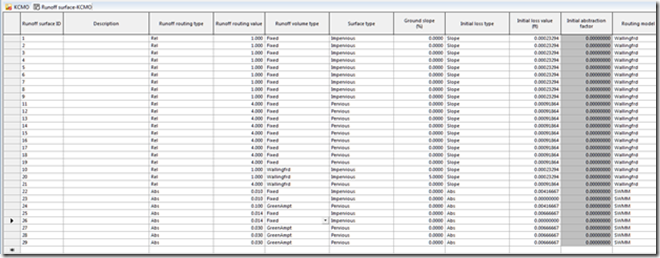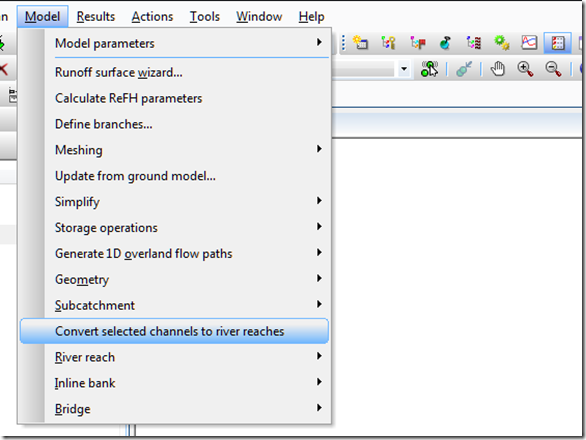Innovyze, a leading global innovator of business analytics software and technologies for smart wet infrastructure, today announced that the Board of Direction of the American Society of Civil Engineers (ASCE) has elected company president, COO and chief technical officer Paul F. Boulos, Ph.D., BCEEM, Hon.D.WRE, Dist.D.NE, F.ASCE, NAE, to the grade of Distinguished Member (Dist.M.ASCE). Dr. Boulos is one of only 637 engineers in ASCE’s 163-year history to receive this prestigious distinction. He will be formally inducted on Monday, October 12, 2015 during the ASCE Annual Convention in New York City.
Founded in 1852, ASCE is America’s oldest national engineering society, representing more than 145,000 members of the civil engineering profession in 174 countries. The society defines a distinguished member as one who has made legendary contributions to the area of civil engineering and who has achieved eminence in his or her branch of engineering or field. Dr. Boulos was specifically recognized for his eminence as a foremost global expert in the theory and practice of computational hydraulics simulation technology for water/wastewater infrastructures. Distinguished Membership is the highest honor ASCE can bestow. The total number of Distinguished Members elected in any year typically does not exceed one for every 7,500 members.
“While I am truly honored and humbled by this momentous acknowledgement from my ASCE peers, it must be shared with my mentors and colleagues whose inspiration and support played a significant part in making my achievements possible,” Dr. Boulos said. “It’s wonderful to know that my contributions to water and wastewater infrastructure engineering — such a vital aspect of human life — are being recognized in this exceptional way.”
One of the world’s foremost experts on water resources and navigation engineering, Dr. Boulos is the author of nine authoritative books and more than 200 technical articles on issues critical to the water and wastewater industry. He has received a range of honors from national and international scientific and engineering societies, governments, universities and NGOs, including notable technical awards for excellence in scholarship from ASCE, the American Water Works Association (AWWA) and the U.S. Environmental Protection Agency (USEPA).
Dr. Boulos is a recipient of the U.S. Ellis Island Medal of Honor, one of America’s highest accolades; the Pride of Heritage Award from the Lebanese American Foundation; and the Lebanese American University Alumni of the Year Award. He was inducted into the University of Kentucky College of Engineering Hall of Distinction, the highest honor the university bestows on its alumni. Dr. Boulos was also awarded Honorary Diplomate status by the American Academy of Water Resources Engineers (AAWRE) as well as Distinguished Diplomate status in Navigation Engineering (Dist. D.NE) by the Academy of Coastal, Ocean, Port & Navigation Engineers (ACOPNE), the top honors for both academies. He is a Diplomate (by Eminence) of the American Academy of Environmental Engineers and Scientists (AAEES) and was elected to the National Academy of Engineering (NAE), one of the highest professional distinctions accorded to an engineer.
Dr. Boulos is chairman of the Board of Trustees of the Lebanese American University (New York, NY, and Beirut, Lebanon) and serves on the Board of Trustees of AAWRE and ACOPNE; the Boards of Directors of Innovyze, MWH Global (Broomfield, CO); America-Mideast Educational and Training Services, Inc./AMIDEAST (Washington, D.C.); the ASCE Industry Leaders Council (Reston, VA); the NAE Center for Engineering, Ethics, and Society (CEES) Advisory Group; and the Dean’s International Council of the Harris School of Public Policy Studies at the University of Chicago (Chicago, IL). He has been a member of advisory boards and councils for many organizations, including the Buck Advisory Council of the Buck Institute for Research on Aging (Novato, CA); the USEPA Science Advisory Board; the Urban Water Resources Research Council of the Environmental and Water Resources Institute (EWRI); and the National Academy of Sciences/National Research Council.
For more information on ASCE, visit
http://www.asce.org/.
About InnovyzeInnovyze is a leading global provider of wet infrastructure business analytics software solutions designed to meet the technological needs of water/wastewater utilities, government agencies, and engineering organizations worldwide. Its clients include the majority of the largest UK, Australasian, East Asian and North American cities, foremost utilities on all five continents, and ENR top-rated design firms. With unparalleled expertise and offices in North America, Europe and Asia Pacific, the Innovyze connected portfolio of best-in-class product lines empowers thousands of engineers to competitively plan, manage, design, protect, operate and sustain highly efficient and reliable infrastructure systems, and provides an enduring platform for customer success. For more information, call Innovyze at +1 626-568-6868, or visit
www.innovyze.com.
Innovyze Contact:Rajan RayDirector of Marketing and Client Service Manager
Rajan.Ray@innovyze.com
+1 626-568-6868

























